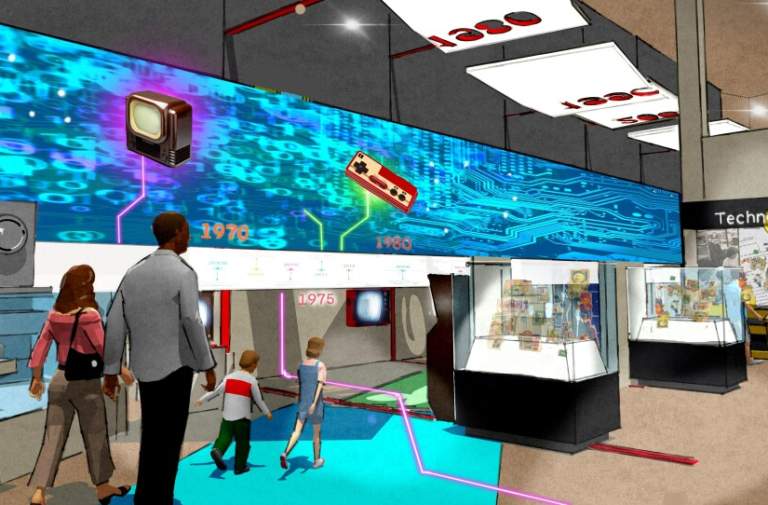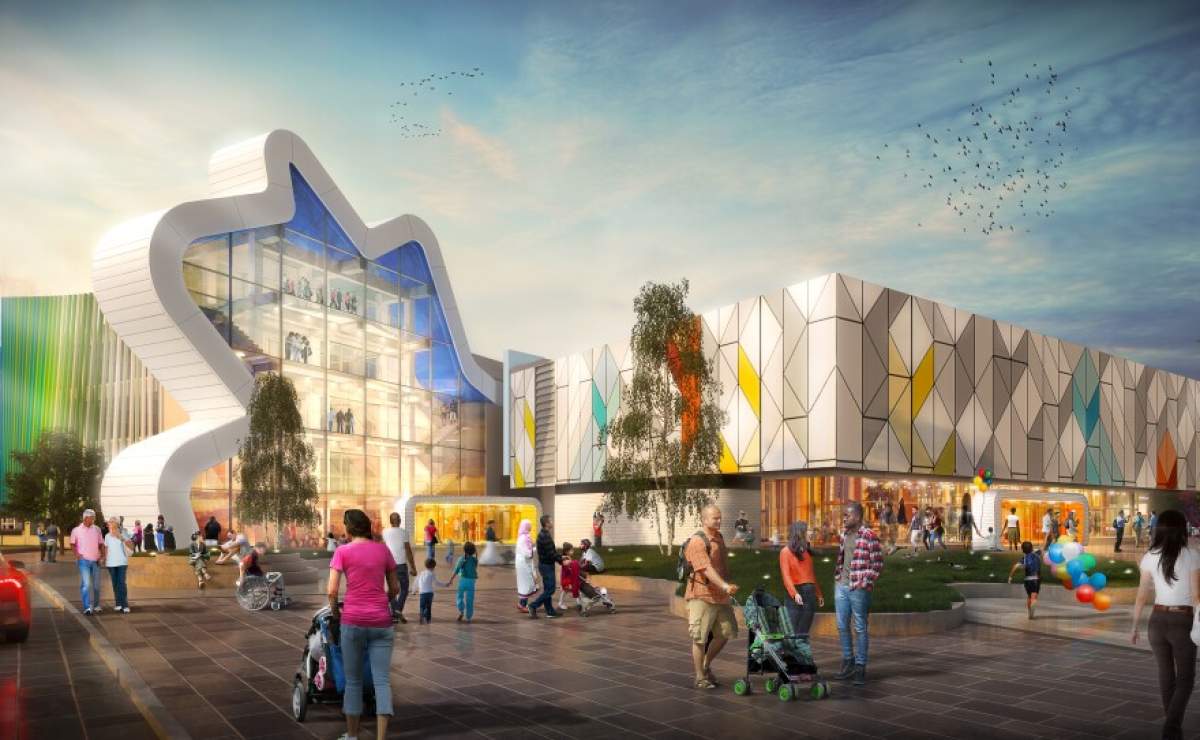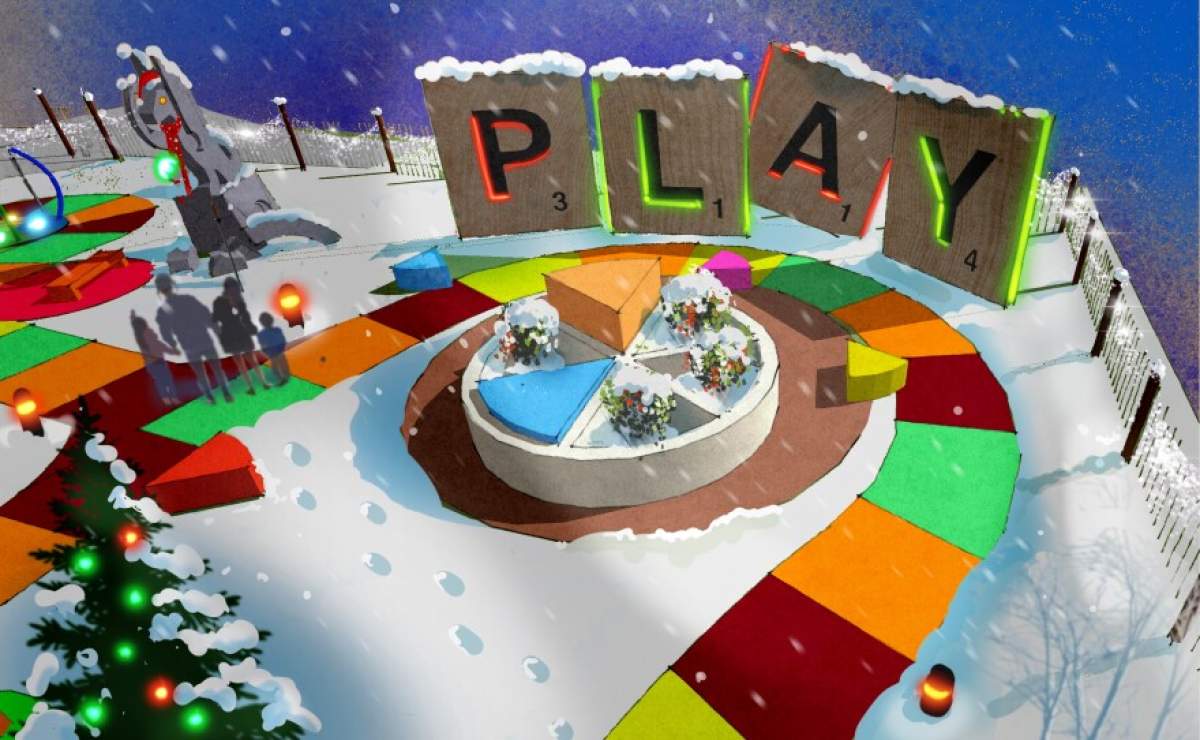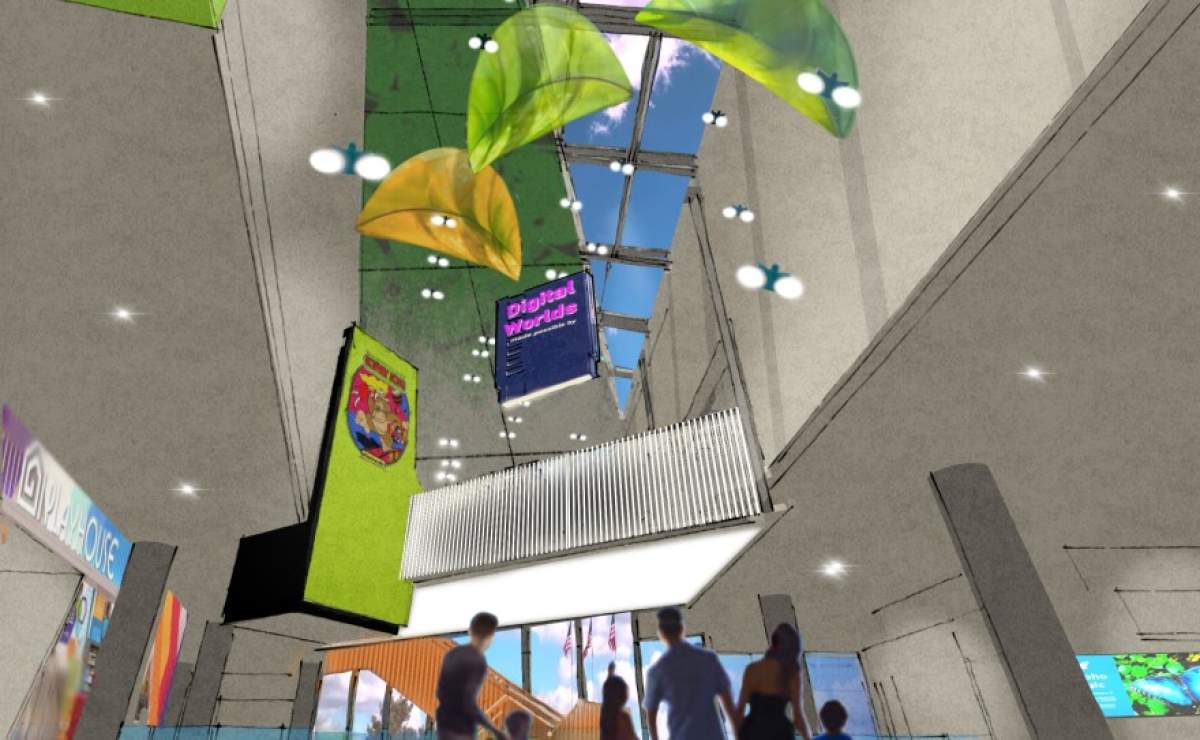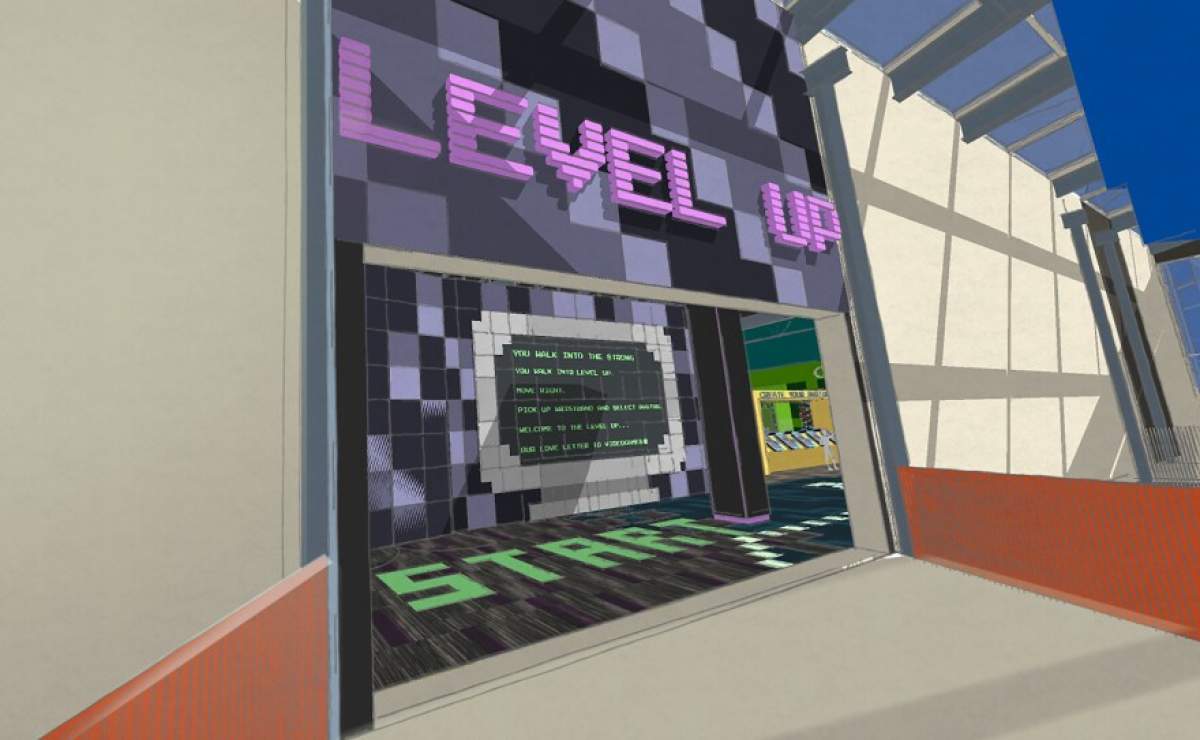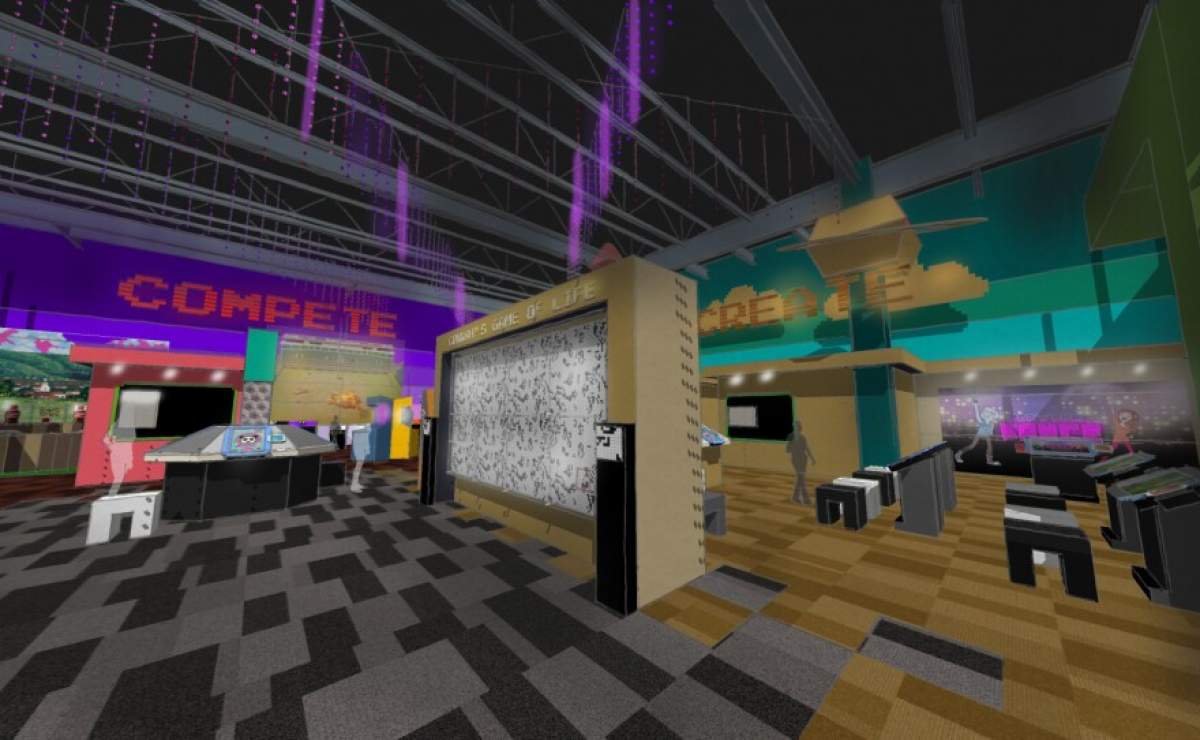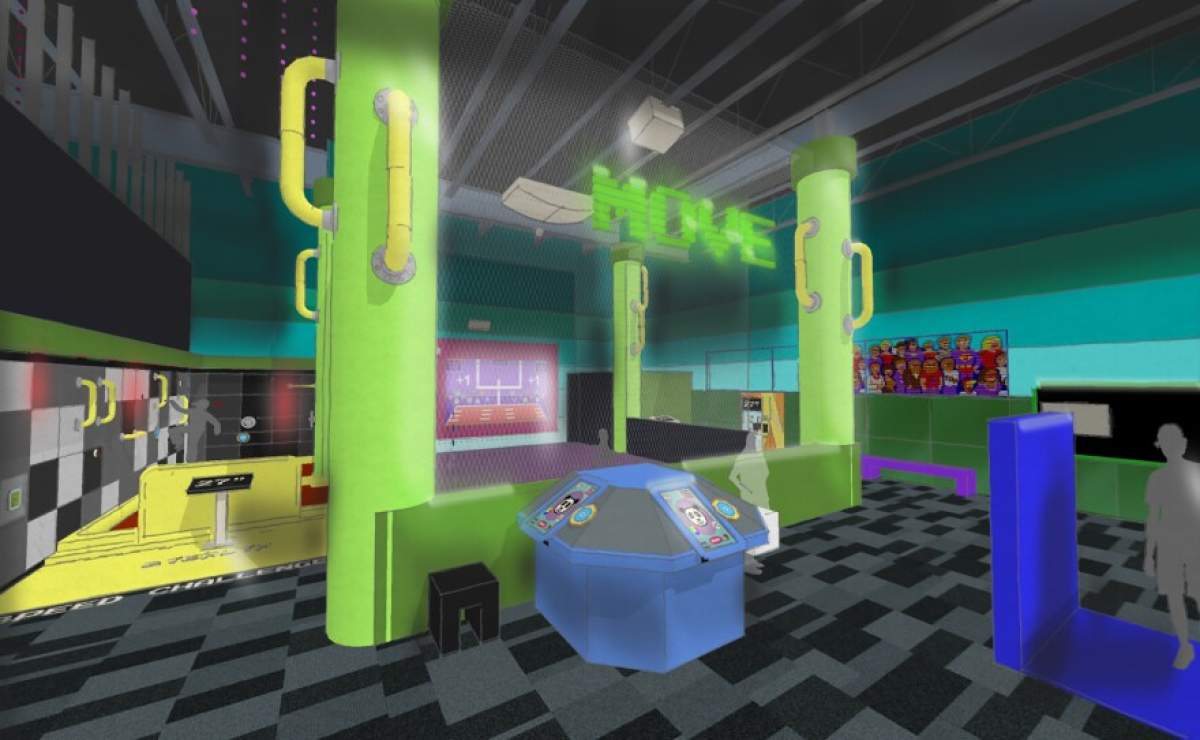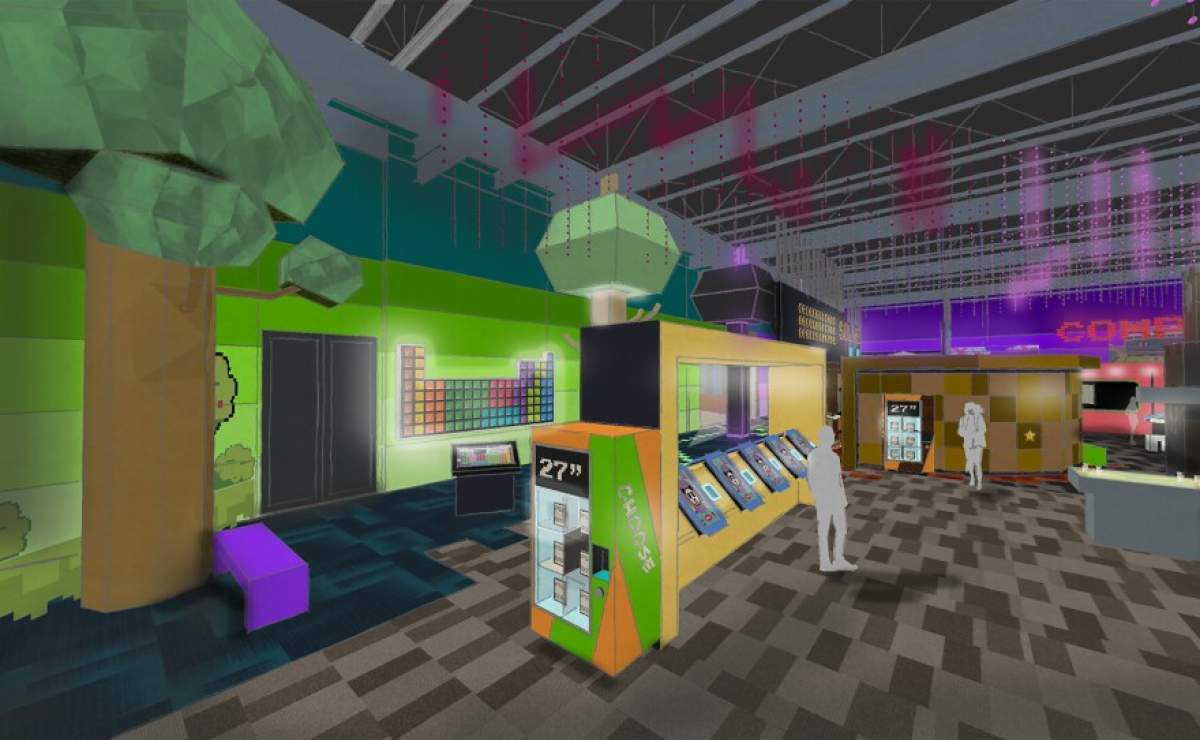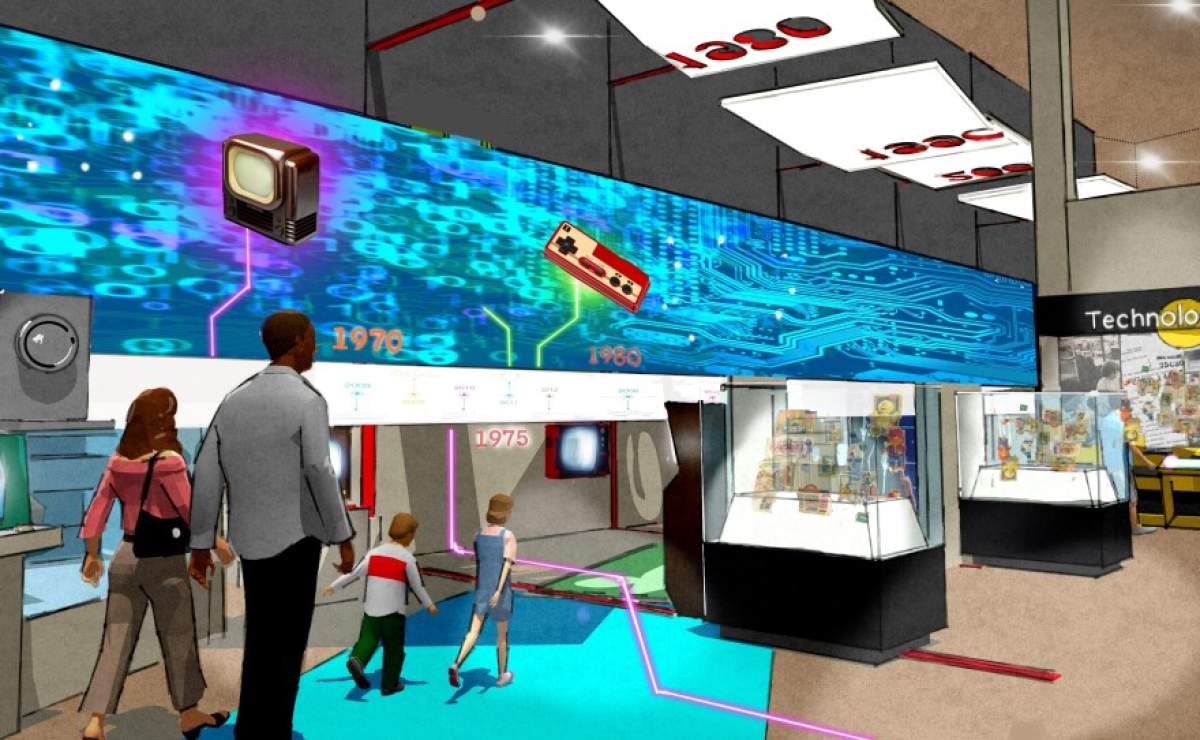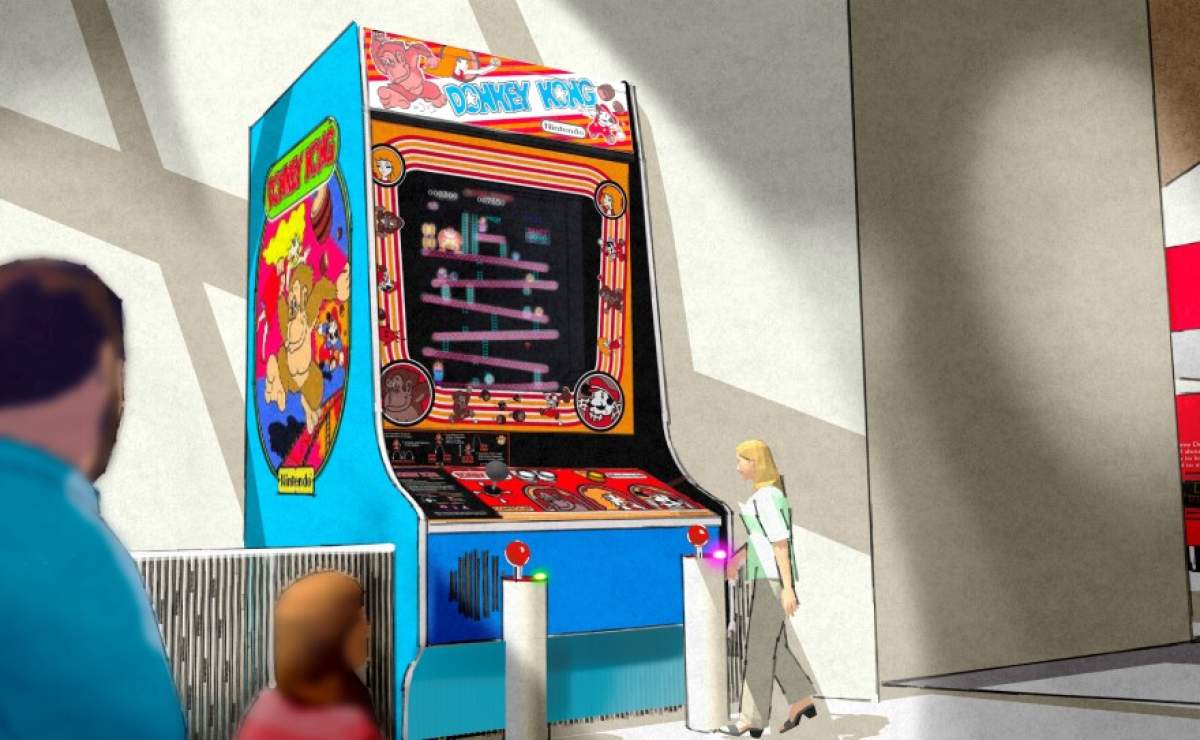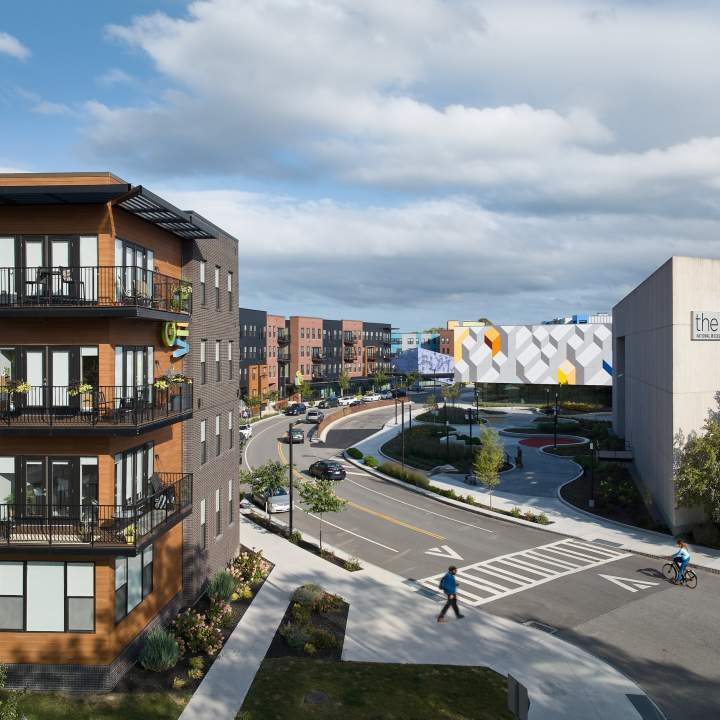April 17, 2023
A dragon. Butterflies. Donkey Kong. Here's a sneak peek of the Museum of Play's $65M expansion
Inside The Strong National Museum of Play’s cavernous concrete and steel expansion, the nonprofit’s president and CEO, Steve Dubnik, can see the emptiness come to life.
“Right there will be a giant Donkey Kong game,” he says, pointing to a second-floor space by a bridged crossing over the entry hall. “A 7-foot, 8-foot-tall, playable Donkey Kong game.”
The museum expansion is the centerpiece of a series of new developments along the eastern edge of downtown Rochester where a sunken, six-lane freeway used to be.
Removing highways has become the latest push to fix American cities, restoring the urban fabric that was ripped apart decades ago. Such projects are being undertaken or contemplated in dozens of cities, be it Interstate 81 in Syracuse or I-375 in Detroit.
Here in Rochester, the work to replace two-thirds of a mile of the former Inner Loop has taken nearly eight years, and tens of millions of dollars in public and private investment.
In place of a moat-like expanse of concrete and asphalt, there is a tree-lined street with bike lanes and sidewalks. And new apartments, populating the five acres in shovel-ready real estate created by the transformation.
Nowhere along the stretch is the transformation more dramatic than south of Broad Street, with the museum and surrounding new construction in what is dubbed the Neighborhood of Play.
Playing it cool
The neighborhood is built around the museum, and includes a hotel, apartments and retail.
With the expansion, the museum square footage will grow by nearly a third.
Visitors will enter through a towering glassed-in, blob-like structure called the Portal of Play and be greeted by a constellation of 3D-printed butterflies, 140 to 150 in all, hanging from the vaulted entryway ceiling.
"And they’ll be twinkling,” Dubnik says, “like they're flying across the sky.”
Most of the new space will be used for video games, woven into an interactive and educational exhibit.
Outside, there will be two new play areas. One with a 20-ton granite ball that will float on a thin film of water through hydrostatic pressure.
"You can walk up, and you can turn it and spin it,” Dubnik says.
The other, over where the temporary entrance is today, will include, among other things, a fire-breathing dragon.
“And yes,” Dubnik says, “the Fire Department has approved it.”
He is clearly excited by what’s to come, flipping through an assortment of renderings and plans as he talks, seeking out the images that might help bring his descriptions to life. But in the anticipation, there also is purpose.
“We have a very important mission,” he says. “Play is a key element of human growth, and human development, and human well-being, frankly. And you know, we're the only museum that really documents, preserves, records and celebrates that type of human condition – that kind of human growth.”
There is purpose to all of this. The dragon is a nod to Dungeons and Dragons. Hasbro owns the game and partnered on the design of the space. And when D&D was inducted into the museum's Toy Hall of Fame, a dragon was on the box.
“Plus, it’s cool,” he says.
By the numbers
Dubnik expects to cut a ribbon on the expansion by early summer 2023. That’s a year later than planned.
The COVID-19 pandemic interrupted construction. It also devastated attendance, with numbers plummeting 70% in the first year of the pandemic, records show. Revenue loss was reported at $5.8 million, prompting budget cuts and furloughs.
Attendance rebounded last year, but was still only half of pre-pandemic levels. Memberships dropped. School visits cratered.
But all these key measures are rising again, Dubnik says.
In August, the museum topped 50,000 visitors for the first time since before the pandemic. The goal, he says, is to be close or back to pre-pandemic numbers in all facets of the operation by early next year.
That would mean annual attendance back around 600,000. With the expansion, the goal is to push that higher, to 1 million, drawing new visitors expected from across New York, surrounding states and Canada.
Additionally, the museum still is looking to raise $3.5 million to $4 million as part of its capital campaign to pay for the $65 million expansion.
‘We can do big things’
COVID also slowed work on a new Hampton Inn & Suites being built nearby. And it scrambled financing for the southernmost and final Inner Loop East development parcel, leading Geva Theatre to drop out. A mixed-use development remains on the drawing board, now promising 59 apartments with a commercial tenant yet to be identified.
The rest of the Inner Loop East redevelopment? It’s done.
“You have hundreds of units of new housing and a hotel and commercial space, all taking shape,” says Eric Frisch, the city’s deputy commissioner for neighborhood and business development efforts.
“We can do big things here, and we can do them well,” he says.
The result is something that feels “out of the norm,” he says. That is evident along a new street called Adventure Place that cuts past the hotel, the museum and densely packed apartments.
Konar Properties developed those apartments that have upper-floor balconies and first-floor retail. Tim Schmid is the company’s director of residential properties. He says all of the apartments are occupied.
“The residential side was super fast,” he says of how quickly everything leased. “Even too fast for us a little bit. … We have nothing available for the next couple of months. And we've been that way all summer long.”
A gaming bar and a craft beer store and tasting room have claimed more than half the retail space, so far. And Frisch says there already are signs of spillover development. A Marriott is planned. Buildings are being rehabbed down on Monroe. A new brewery is set to open.
“It's an exciting destination now,” Frisch says. “Especially as businesses start to open and when the museum expansion opens, and the hotel is operating. That vibrancy, you know, on a space that was a sunken expressway and a parking lot.
“It really says something, and it says something about the future of downtown.”
And it provides a track record, as well as lessons learned, for the planned removal of the northern stretch of the Inner Loop. Frisch says that project will change the face of downtown altogether.
Article written by Brian Sharp at WXXI News.
